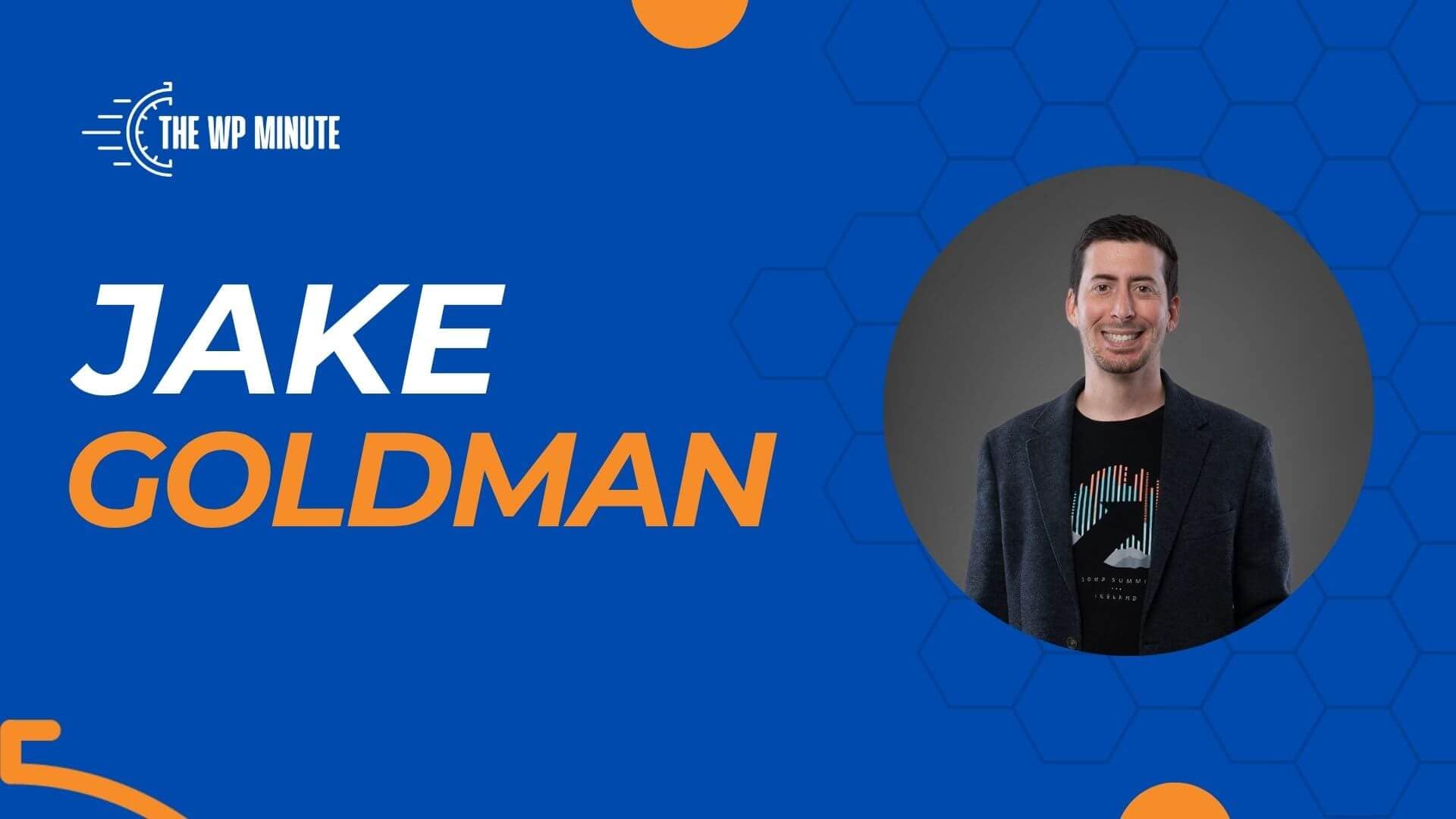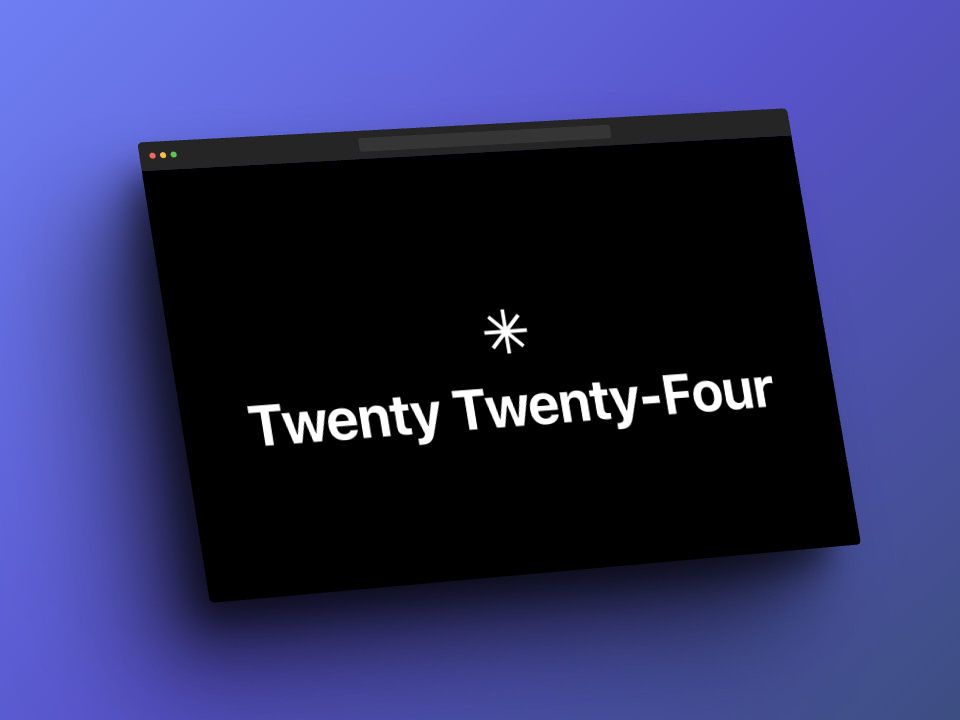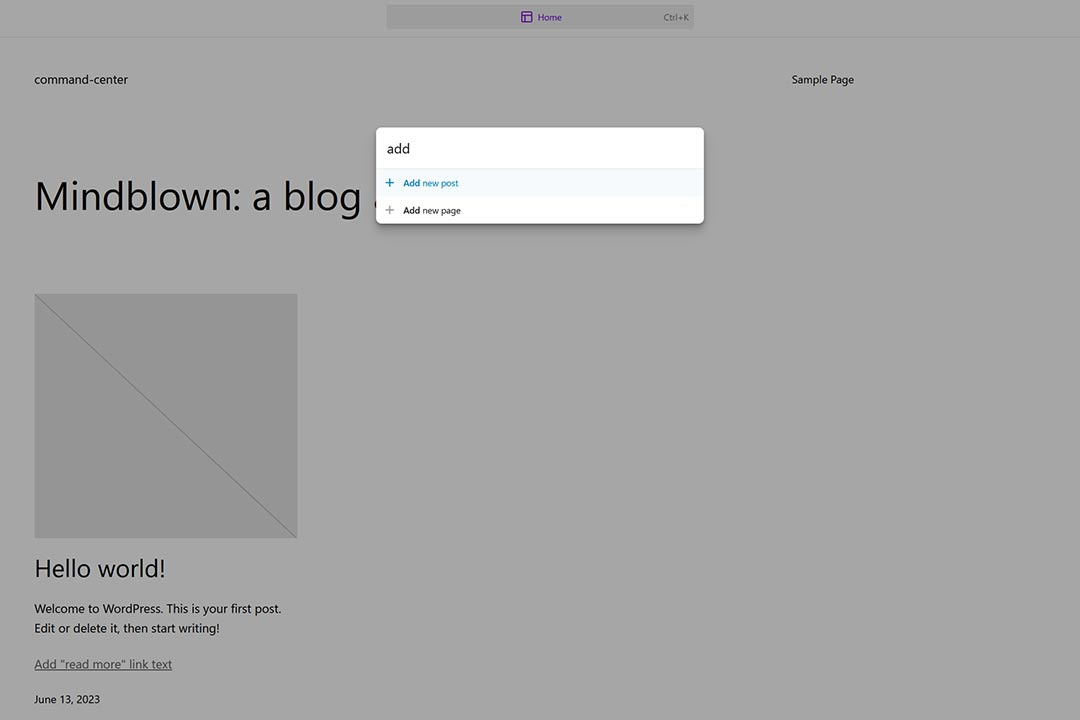With WordPress, we can build custom solutions to fit our needs. The vast ecosystem of themes and plugins is proof. That principle also applies to Gutenberg, which powers the Site and Block Editors.
Custom blocks can serve both niche and universal purposes. They can enhance page layouts or display data in unique ways. This capability will help power the future of the content management system (CMS).
Plugin developers have taken note. Many popular products have integrated blocks. Some have even built suites of custom blocks. Products like CoBlocks, GenerateBlocks, and Kadence Blocks come to mind.
Twentig, meanwhile, is a recent plugin that takes a slightly different approach. The suite extends the capabilities of core WordPress blocks. There are no custom blocks included.
In some cases, these plugins seek to fill functionality gaps. For example, the Block Editor doesn’t have full-on responsive controls yet. Thus, it makes sense for a third party to take the initiative.
However, a recent social media post by marketer Hashim Warren got my attention:
Warren wondered about the potential for overlap – when WordPress core adds a feature that no longer requires a custom block. What happens then?
Gutenberg is evolving. And some custom block functionality will inevitably become redundant. How do developers balance this? And what could it mean for users?
Let’s take a deeper look at this classic chicken-and-egg scenario. We’ll even recruit a few experts to help us make sense of it all.
Solutions for Early Adopters
The Block Editor debuted in WordPress 5.0. That release came at the end of 2018. Blocks were a new concept to users and developers.
One of the first things you noticed about the editor was its lack of polish. The features were basic and didn’t offer room for customization.
So, the WordPress ecosystem did what it always does: develop new features. These plugins extended the Block Editor’s capabilities.
Early adopters used them to build layouts with fewer compromises. It was a crucial component for those coming from the Classic Editor or a page builder.
The Block Editor’s adoption rate would likely have suffered without extensibility. Plugin developers did their part to boost the new editor’s chances for success.
Keeping up with a Changing Landscape
So, how do plugin developers balance user needs with an ever-changing block landscape? As you might imagine, there’s a lot of work involved.
The WP Minute spoke with a couple of experts in the field:
Anthony Ledesma is a software engineer at GoDaddy, the maker of CoBlocks. Yann Collet is co-founder of Twentig.
Both offer products that help users do more with blocks. And they’ve had to adapt them to Gutenberg’s many shifts.
The highlights of our discussion are below. Their answers were edited for clarity and brevity.
On taking different approaches to extend the Block Editor…
Anthony Ledesma: Early on during CoBlocks development, there was little cause for concern over ‘re-inventing the wheel’. For example, the Row block, which filled a need to address layout constraints, was eventually replicated with the Columns block from core.
At first, some of the missing features and components left large areas for CoBlocks to fill. But later on, as Gutenberg matured, the core features and blocks started to more closely align with the existing feature set of CoBlocks. This paradigm shift resulted in a need for our developers to reassess priorities and our goals with CoBlocks.
In an unofficial sense, I think that the priority shifted from a ‘make cool new blocks’ to a ‘focus on what makes CoBlocks special’ mindset.
There were a few block ideas that did not make ‘the cut’ because we did not feel that they introduced functionalities that were innovative enough compared to existing core blocks.
Later on, the focus became to ask, ‘Can this be done with core blocks?’ and we started to prefer core experience over our own. Similarly, the user experience coming from a unified UI and stylistic perspective began to improve over what CoBlocks had to offer.
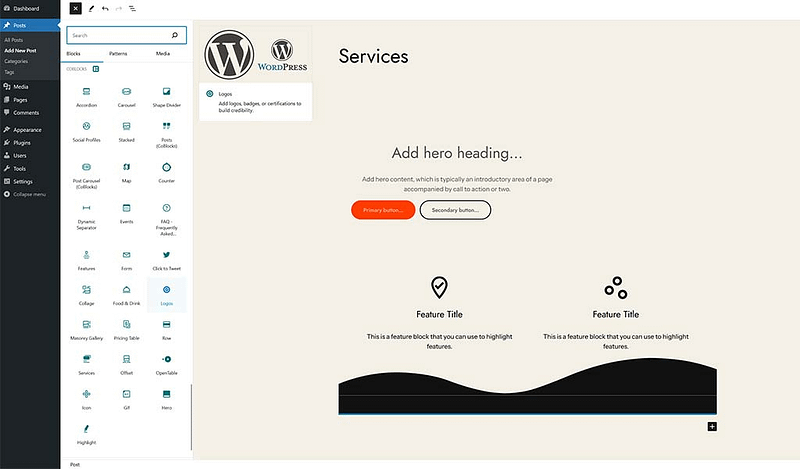
Yann Collet: We wanted to create a sustainable and user-friendly experience for our users in the long run. This also allows users to build upon the familiar foundation of core blocks, making the learning curve smoother.
We believe in aligning with the WordPress roadmap. As WordPress evolves, so do the blocks enhanced by Twentig. By extending core blocks, we ensure that our users benefit from the new WordPress features and improvements.
Creating custom blocks didn’t make sense for us. We didn’t want to reinvent the wheel and bloat the editor with redundant functionalities. Our enhancements are designed to complement, not compete with, the core blocks.
Furthermore, this approach doesn’t lock in the users with proprietary blocks. Unlike custom block plugins, enhancing existing blocks means that users aren’t tied to our plugin. If they choose to deactivate Twentig, their content remains editable and functional.
Of course, there are times when a custom block might be necessary for very specific use cases. However, for the vast majority of users, we believe that extending core blocks is the most suitable and robust solution.
On dealing with features that overlap with WordPress core…
AL: Indeed, blocks provided by CoBlocks began to be similar enough to core blocks to the point at which we ultimately decided to begin the migration to Core blocks alone.
Migrating from one type to another type of block is not a feature that is provided by Gutenberg or its related tools or libraries, so we ended up needing to craft our solution. We released updates with CoBlocks 3.0.1+ that allowed for the existing implementation of certain blocks to automatically re-configure as core blocks, specifically the Author and Alert blocks.
If a user has existing Alert or Author blocks, upon editing the post, we carry over all customizations and give them core Paragraph blocks and Columns blocks with enhanced styles, respectively. Along with that change, we introduced patterns giving users the choice of continuing to insert ‘Author’ blocks into the page – except they would be defined patterns of core blocks instead of custom CoBlocks blocks.
We think the unified user experience, consistent user interface, and regular updates make this solution ideal for users in the long term.
YC: Some of the features that WordPress added to blocks were already available in Twentig. It validates the demand for such features. When there’s an overlap, we simply deprecate our features and switch seamlessly to the core functionalities.
We also have some great block features that are unlikely to be in core, as they are plugin territory. Additionally, Twentig offers more than just block enhancements. It provides a comprehensive web design solution which also includes patterns and pre-designed website templates.
So, the more WordPress improves the block editor, the more we can leverage it for our users.
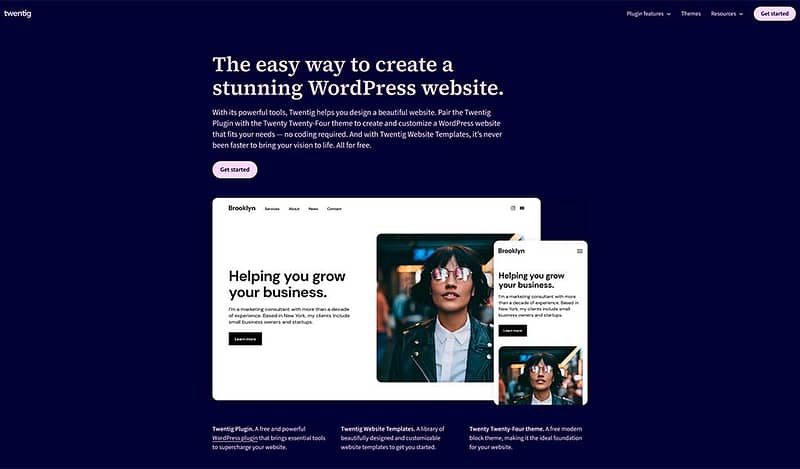
For Now, Gutenberg Is a Moving Target for Developers
The Site and Block editors are maturing. Each version brings new features and a more refined interface. It’s great for users – but a challenge for developers.
Block-based plugins need to stay agile. They must adapt quickly to changes in Gutenberg. They’ll also need to make difficult decisions regarding custom features.
One example is the CoBlocks font size and typography controls. Ledesma says that each has been replaced by the standard block supports introduced by WordPress. The change hasn’t been easy.
He tells us, “Along with the increase in code size and a related increase in load times, we have had to make extra efforts in code-splitting and optimized asset loading to offset the difference. These optimization efforts are rather complicated and time-consuming when you consider the existing architecture of the plugin, blocks, and assets.”
Users also need to be on their toes. Their favorite custom block could be rendered redundant in the next version of WordPress. As such, they may have to adjust their content accordingly.
There are criticisms that Gutenberg’s development has moved too slowly. Try telling that to the folks who base their products on it. Things can change more quickly than we realize.
There is reason for optimism, though. Gutenberg’s features will likely become more stable with age. That will allow developers more time to focus on creating the best experience.
The road to get there is long. The hope is that all of the current efforts will pay off.
Many thanks to Anthony Ledesma and Yann Collet for speaking with us!
Join The Newsletter
Get your favorite 5 minutes of WordPress news for busy professionals every week — 100% Free! Join the WP Minute Newsletter below 👇


